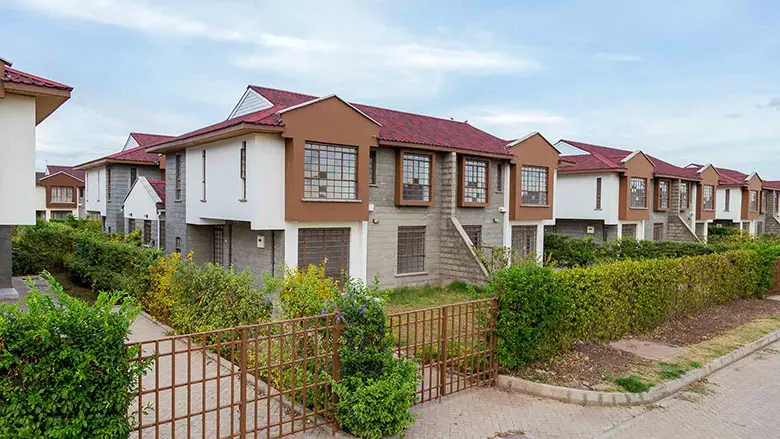The Third Midterm Plan (TMP) for the attainment of the Kenya Vision 2030 that runs from 2017 to 2022 seeks to prioritize issues that will be greatly impactful to the wellbeing of Kenyans. Its endgame is to ensure that food security is achieved, universal healthcare coverage is attained, housing is made affordable and jobs are created for the young people through the reinvigoration of the manufacturing sector. The goal is to ensure that Kenyans live a ‘high quality life by 2030’ as part of the vision of the Kenya vision 2030 states.
This work concerns itself mainly on the affordable housing ambit. It begins by giving the goals of this particular pillar. It proceeds to enumerate the impediments the COVID 19 pandemic has wreaked on the achievement of these goals. A highlight of the roles of technology and innovation in achieving affordable housing is availed with ideas on how the same can be fast tracked are afforded. It then concludes.
The endgame of the Affordable Housing Agenda under the big four agenda is to reduce the cost of home ownership in Kenya by 50% and to deliver 500,000 affordable homes across the country. As a result, some 300, 000 jobs will be created in the construction sector. The agenda also seeks to reduce the low income housing gap by up to 60% with a reduction of the cost of construction of houses in Kenya sought to be reduced by up to 30%. Another objective is to increase the contribution of the housing sector to the Gross Domestic Product of the country by 100%.
The doldrums of the COVID 19 pandemic can be felt in all spheres of the economy and the construction sector has not been spared. The construction sector sources some of the products they use in building houses from countries around the world. The Covid 19 pandemic has greatly affected the transport sector and goods may take a little longer to
arrive in their destinations. This is bound to slow down construction.
An impact can also be felt on the construction workforce since the numbers of workers will have to be reduced in order to achieve the recommended physical distancing in the workplaces. Further, some of the construction workers may fall ill with the disease making them miss some days of work. The cost of labor is also bound to rise due to a rise in healthcare insurance costs as some of the workers may demand to be insured against any costs that may arise if they contract Covid 19 while at work.
Access to funding of housing projects may also be cut down as many potential financiers channel more of their funds to projects that seek to tame the spread of the coronavirus. This may include the research on vaccines and how vaccination drives may be made more efficacious. Some firms that had secured contracts to put up housing units may have ended up receiving notices of their termination as businesses crumbled in the wake of the pandemic and the cash crunch that followed.
In order for affordable housing to be achieved against such a backdrop, the taxing regime in the country may need to be reviewed. Taxes need to be introduced on land that has been registered as destined to be used as residential plots but remain idle. This will ensure landlords put up these houses to avoid the punitive taxes. This will increase the supply of houses in many urban areas and subsequently reduce the rent rates in the country. Tax exemptions will also have to be introduced on construction materials such as cement and timber. The county governments also need to do away with the levies they lay on transportation of materials such as sand and ballast. This will greatly reduce the construction costs in Kenya.
There is also need to fast track the issuance of title deeds to Kenyans so that they may use them to access credit to put up houses on their land. The costs of purchasing land also need to be checked through the regulation of land prices by statutory fiat. This will ensure that the price of land will not be way above the ceiling making it possible for persons to acquire and put up houses on land.
The National Housing Corporation should develop a national master plan that guides the nation on how it intends to cover the housing deficit in the country. This will be necessary in the negotiation for and implementation of public private partnerships on Housing. The private sector should also offer incentives to their employees to take mortgages and ensure their workers live in decent houses. On the other hand, state agencies and departments need to ensure that the government houses under their management are in good condition for human habitation and lease them to workers at affordable rates.
There is also need for companies to invest more of their Corporate Social Responsibility on housing projects especially in informal settlements. This will ensure that more and more houses are made available for occupation at affordable rates.
The implementation of all these measures will see the idea of affordable housing that is available to all Kenyans regardless of class come to fruition. As seen, it is an arduous task that will require the collective efforts of both the private and public sectors to attain. However, it is doable.

Leave a Reply